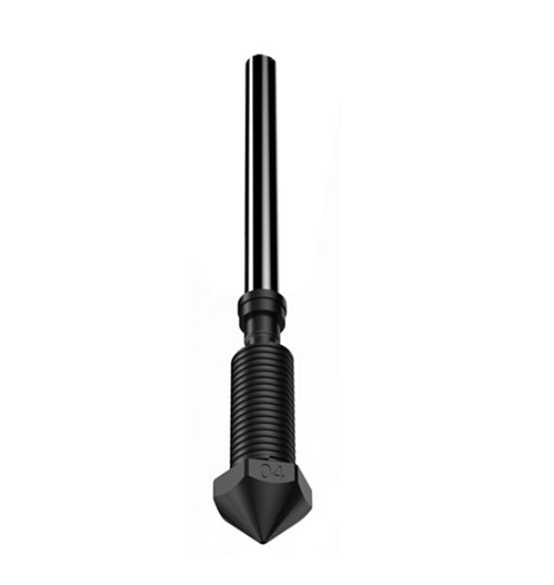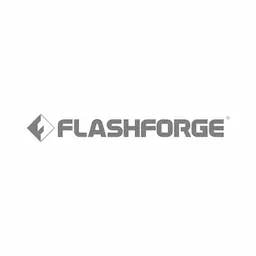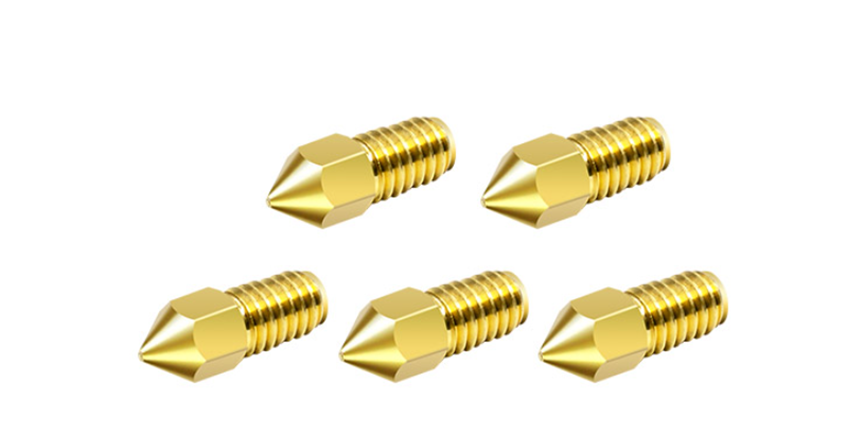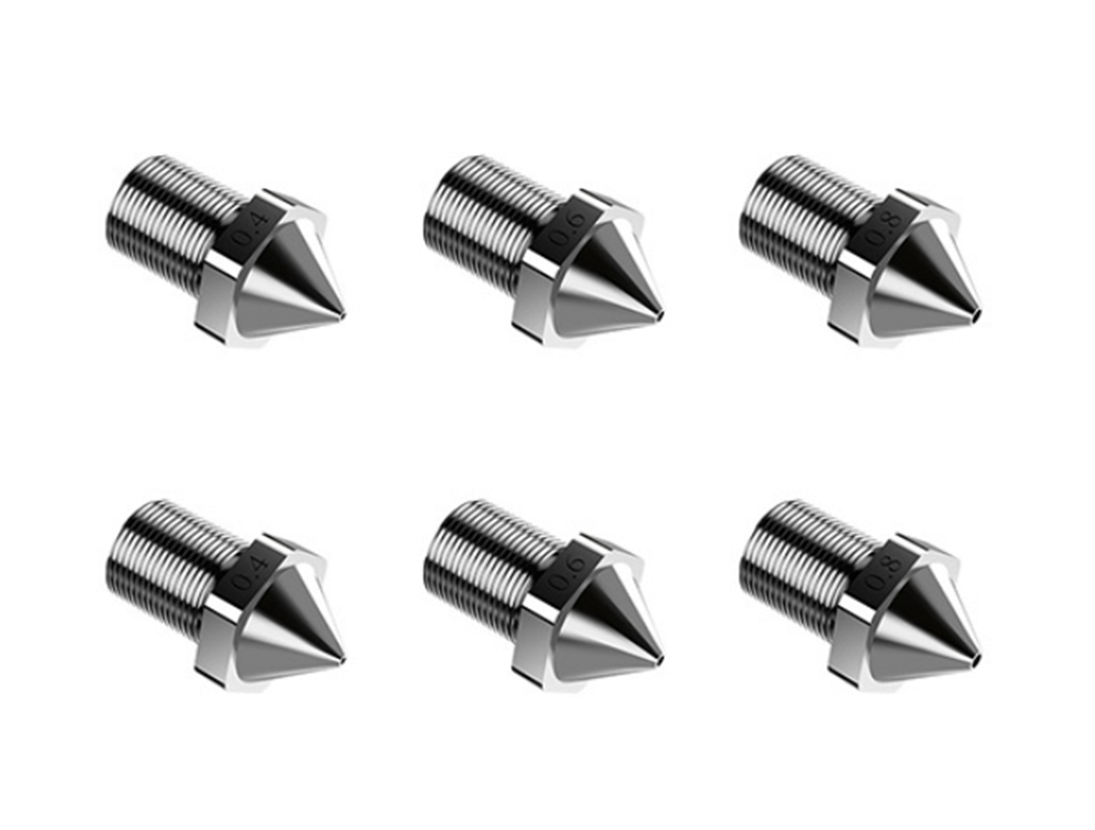A much-talked-about topic is surrounding 3D printer’s extruder. When we talk about the direct extruder or the Bowden system, we ignore a significant core part of them: the nozzle itself. Why nozzle is such important in the whole printing process? Because the material and treatment process of the nozzle largely affects the performance and life cycle of the nozzle. This article is going to lead all of you into the world of 3D printer nozzle and find out the proper one for you to optimize your prints as much as possible.
Basic Parameters Introduction
Thermal conductivity, also known as thermal conductivity, is often used to measure the ability of a material to conduct heat directly. The higher the thermal conductivity, the faster the rate of heat transfer, the shorter the nozzle heating time.
The coefficient of thermal expansion refers to the expansion and contraction of an object due to a change in temperature. The lower the coefficient of thermal expansion, the smaller the deformation of the object, the higher the coefficient of thermal expansion, the greater the deformation of the object.
Mohs hardness is used to reflect the hardness of the object, the greater the Mohs hardness value, the greater the hardness of the material that can be printed.
The maximum print temperature reflects the maximum print temperature that the nozzle can withstand.
List of Nozzle
Brass nozzle
Mohs hardness:3.0
Maximum printing temperature: 300℃
Thermal conductivity:105w/m.k
Thermal expansion coefficient: 18.0μm/m.℃
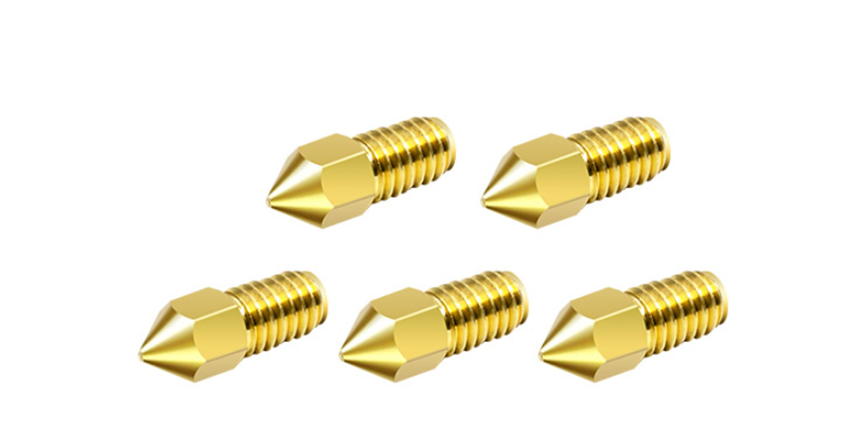
Application Scenario: Wide application, high cost performance, suitable for PLA, ABS, TPU, PA, PP, PC, ASA, Nylon, PETG, PVA, HIPS and other conventional consumables printing.
Copper alloy nozzle
Mohs hardness:6.0
Maximum printing temperature:500℃
Thermal conductivity:330w/m.k
Thermal expansion coefficient: 16.7μm/m.℃
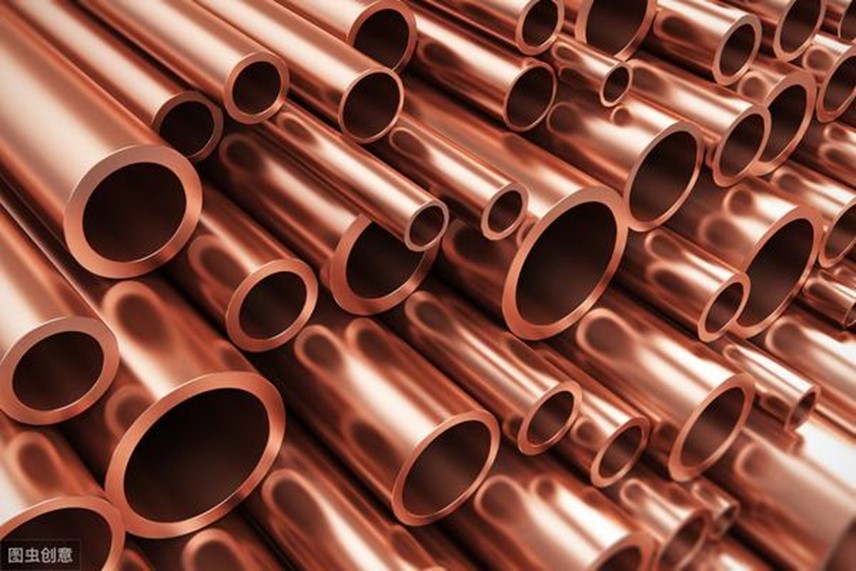
Application Scenario: High temperature resistant, suitable for printing of high-temperature consumables other than conventional consumables including PEEK, PEKK, PEI, PSU, PPSU, etc.
Stainless steel nozzle
Mohs hardness:5.0
Maximum printing temperature: 350℃
Thermal conductivity:16w/m.k
Thermal expansion coefficient:6.0μm/m.℃
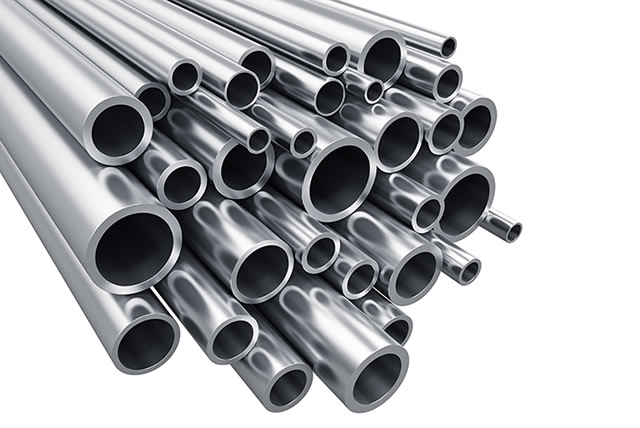
Application Scenario: For ordinary printing, ABS and PC is suitable for stainless steel nozzle usage.
For experimental demand, such as 3D printing food grade application, suitable for 3D printing of food, biomedical, etc.
Hardened steel nozzle
Mohs hardness :7.8
Maximum printing temperature: 500-650℃
Thermal conductivity: 22w/m.k
Thermal expansion coefficient: 18.0μm/m.℃
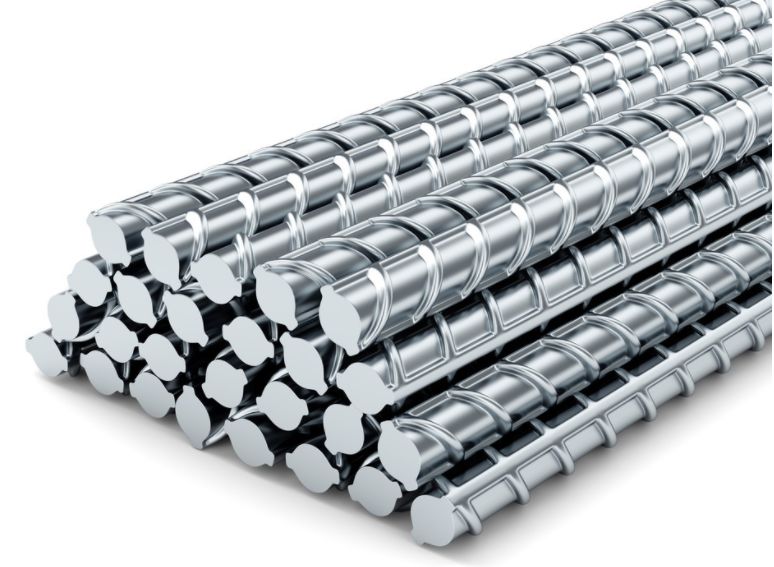
Application Scenario: Wear-resistant, high temperature resistant, suitable for printing on composite consumables containing abrasive additives,
such as carbon fiber, PLA-CF,PETG-CF, PA-CF, PA-GF,PET-CF, PET-GF in addition to conventional consumables.
Gem nozzle
Mohs hardness:9.0
Maximum printing temperature:550℃
Thermal conductivity:45w/m.k
Thermal expansion coefficient: 5.3μm/m.℃

Application Scenario: Compatible with all consumables, super wear-resistant, high temperature and high speed with high quality.
Tungsten carbide nozzle
Mohs hardness:8.5-9.0
Maximum printing temperature:550℃
Thermal conductivity: 164w/m.k
Thermal expansion coefficient: 4.5μm/m.℃

Application Scenario: From printing conventional PLA to PEEK to carbon fiber reinforced materials to achieve long-term stable printing.
Titanium alloy nozzle
Mohs hardness:195HB
Maximum printing temperature:550℃
Thermal conductivity:130w/m.k
Thermal expansion coefficient: 3.1μm/m.℃

Application Scenario: High hardness, wear resistance, more suitable for printing on abrasive materials in addition to conventional materials.
Printing Skills of Different Nozzle
Selecting nozzle materials, all the above parameters must be considered. Each material has its own specialty, and the user needs to decide which one to use based on the actual use of the nozzle.
Generally, the harder the nozzle the more suitable it for printing fiber or fine particle-filled consumables such as carbon fiber, fluorescent consumables, etc.
The higher the softening temperature of the material, the higher the temperature consumables can be printed. Materials with high thermal conductivity will be heated evenly, extrusion will be smoother, and less pulling.
The coefficient of thermal expansion determines the service life of the nozzle. The nozzle will be deformed when working in a long-term high-temperature environment, and with a low coefficient, the service life of the nozzle will be extended.
But some teams of engineers who love the extreme developed a combination of copper alloy and gemstone nozzles whose price reached $150 a piece.
Nozzle material decision is finished, the next is the surface treatment: general copper alloy nozzle surface treatment will be used to enhance the nozzle surface gloss, and hardness, and reduce the coefficient of friction so that supplies are not easy to stick to the nozzle.
Surface treatment processes and DLC coating, tungsten disulfide coating. Both can get a lower coefficient of friction, and higher surface hardness.
Flashforge designed different types of nozzles for different 3D printers to utilize them all. Here is the list Flashforge has for these unique 3D printers:
